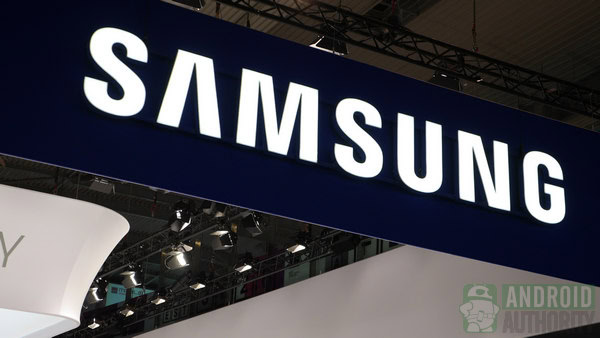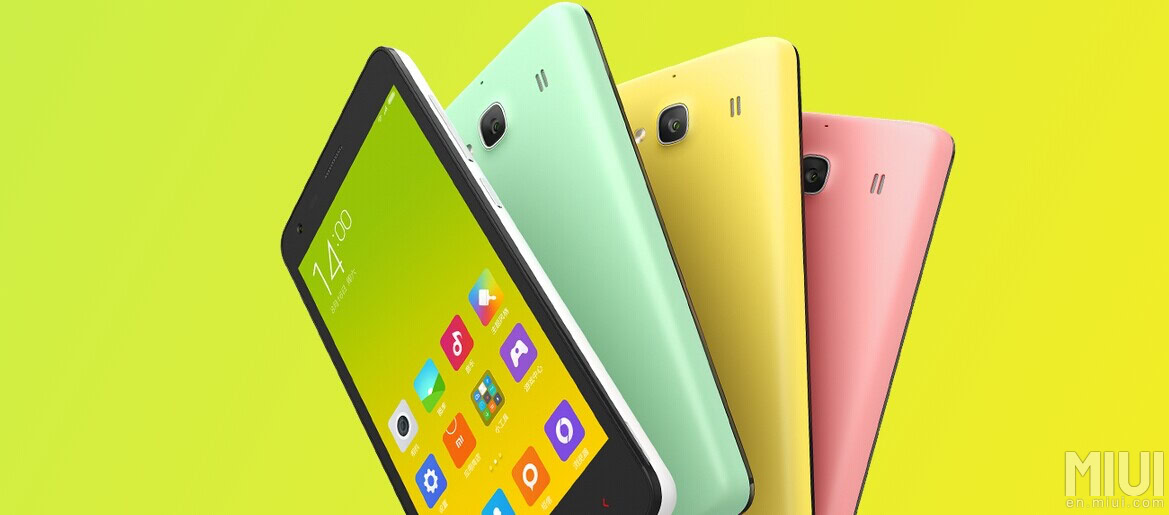Affiliate links on Android Authority may earn us a commission. Learn more.
Samsung's Q4 guidance indicates business is definitely not (as good) as usual

Now that 2014 is done and dusted, it might seem like the ghosts of quarters past might be laid to rest and the focus is fully on the future. Unfortunately, quarterly earnings reports don’t disappear as decisively, and Samsung is about to experience a haunting of a different kind.
The Korean conglomerate, which has seen its recent sales decline at the proverbial hands of Chinese OEMs such as Xiaomi and HUAWEI, is now bracing investors for even worse returns. On its official blog, Samsung Tomorrow, fourth quarter earnings estimates for 2014 were offered up, with consolidated sales at roughly 52.0 trillion won (about $47.3 billion) and consolidated operating profit estimated to be 5.2 trillion Korean won (about $4.5 billion).
Profit of $4.5 billion a quarter is something most companies can only dream off, but it’s the trend that worries Samsung investors. In 2013 Q4, Samsung raked in $7.7 billion, around 70 percent more. On the bright side, Q4 2014 was slightly better than Q3 2014, when Samsung obtained a profit of roughly $4 billion.
This news comes at a difficult time for Samsung which had experienced a poor third quarter and subsequent pledge to change things up for the coming year. We have already seen some possible fruits of preemptive preparation with the Galaxy A series — which use a metal frame, and the Galaxy E series, launched yesterday in India at a lower price point.
Samsung wants to make a case that its brand name, software suite, and now premium build are worth the extra cash, but it’s arguably not enough for those people who can do without (or don’t need) a Samsung product, and who have no problem buying one from a Chinese OEM. This point is further emphasized by the fact that many of the aforementioned manufacturers have released countless devices at prices lower than Samsung’s average offerings. It’s important to remember that while Samsung might still be doing well in countries like the USA, these days more and more of its income comes from countries like China and India, countries that both Xiaomi and HUAWEI are eager to win.

Samsung itself managed to gain market share at the expense of its rivals, namely HTC(which at one point was the top dog in Android world), so the current trend isn’t anything special in-and-of-itself. The real question is what will happen now: will Samsung Mobile spiral into an HTC-esque decline (and subsequent ongoing recovery) or can it make the necessary changes to ensure that developing countries once again go for the Galaxy.